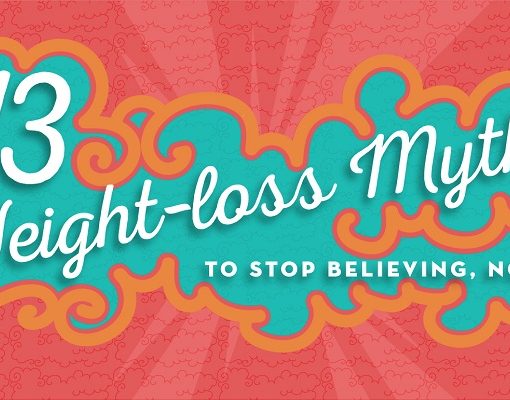
From the Beachbody On Demand Blog,
What are calories? These numbers are central figures (literally!) to weight-loss hopefuls and swole mates in gyms around the world.
If you’re just starting out on your fitness journey, these numbers may be things you stare at on the back of a cereal box and cause you to scrunch your nose in disdain. A measly 1/2 or 1/4 cup of cereal has how many calories?!
In truth, the conversation about calories is actually a conversation about food.
Calorie 101: The Basics
To understand calories, we have to understand why we eat food. We may eat to strengthen our health, fill emotional chasms, express cultural identity, or simply celebrate. However, food’s main biological role is to fill our needs for energy and nutrients(think: valuable vitamins and minerals as well as protein, carbs, fats, and phytonutrients). Scientists need a way to measure this energy and they do so in the form of a calorie. By definition, a Calorie (with a capital “Câ€) we commonly see on the back of nutrition labels is actually a kilo-calorie, meaning it’s made up of 1,000 calories. Each Calorie is capable of heating up 1 kilogram of water by 1 degree Celsius.
In the past, food was burned in a bomb calorimeter, and the energy released was used to heat the surrounding water. Depending on how hot the water got, scientists would determine (voila!) the food’s caloric value. Today, that process is a little less exciting; calorie counts are guesstimated by summing up the calories from macronutrients in food based on these rules of thumb:
- Carbohydrate = 4 Calories per gram
- Fat = 9 Calories per gram
- Protein = 4 Calories per gram
- Alcohol = 7 Calories per gram (Note: Alcohol is a source of empty calories.)
A Calorie’s Claim to Fame
Calories became a popular way to help explain weight maintenance in a sleek concept called “energy balance.†The basic premise of energy balance: If the amount of energy you eat (calories in) is equal to the amount of energy you expend (calories out), then your weight should remain the same. This concept is endorsed by expert organizations like theCenter for Disease Control; many weight loss and diet programs encourage people to eat less and move more to create enough “calories out†for weight loss.
For more details about this concept, check out Should You Eat Back the Calories You Burn Through Exercise?
Can We Rely on Calorie Counts?
As you can imagine, measuring calories from food is a messy business, so it’s not surprising that the calorie count on nutrition labels isn’t always accurate. Not too long ago, an article from the New York Times stated that calories from foods high in proteins and fiber are overestimated by as much as 25 percent. The reason? The human body uses more energy to digest certain foods, such as nuts and meats, than it does to break down highly processed carbohydrates, such as cookies and bagels.
According to Robert Dunn, a biologist at North Carolina State University, “digestion is an intricate process.†Dunn explains that our ability to extract calories varies depending on how long our intestines are, what gut bacteria we carry, and even how well we cook our food! Because of this variability, it may not even matter whether we can get calorie counts to be 100 percent accurate.
At this point, you may wonder if calories even matter. They do. The point is that, while you don’t need to be nit-picky with calorie counts, you should still be generally aware of how much food you’re putting into your body. Calorie counting is one way to drive this awareness, another is to use portion-control containers. The tool you choose should reflect what works for the lifestyle you want to lead.
Is a Calorie a Calorie?
While the overall quantity of calories consumed is important for weight loss, the quality of your calories is equally important when creating a healthful diet. A calorie is not a calorie because our bodies process calories from carbohydrates differently than calories from protein and fat. For example, your body consumes more calories digesting protein than carbohydrates even though, nutritionally, the two macronutrients are worth 4 Calories per gram.
In fact, 5-10 percent of calories from the carbs you eat are used to support its digestion, compared to 20-30 percent for protein. Another fun example comes to mind when we hone in on carbohydrates. Sugar, starches, and fiber are all carbohydrates; however, sugar and starch are easily digestible and can yield 4 Calories per gram while some forms of fiber, which is tougher to break down, is said to only yield about 2 Calories per gram.
What does all of this boil down to? Food quality matters! Experts consistently recommend that you reach for minimally processed foods like fruits, vegetables, whole grains, and healthy sources for fats and protein. It may seem like common sense, but there is an explanation. These foods are nutrient-dense, meaning they contain many different vitamins and minerals for relatively few calories. This is especially helpful for weight loss, which likely involves cutting back on food.
Ultimately, changing your weight involves understanding how much food you need to eat (calorie quantity) and which foods are best for your health (calorie quality).


